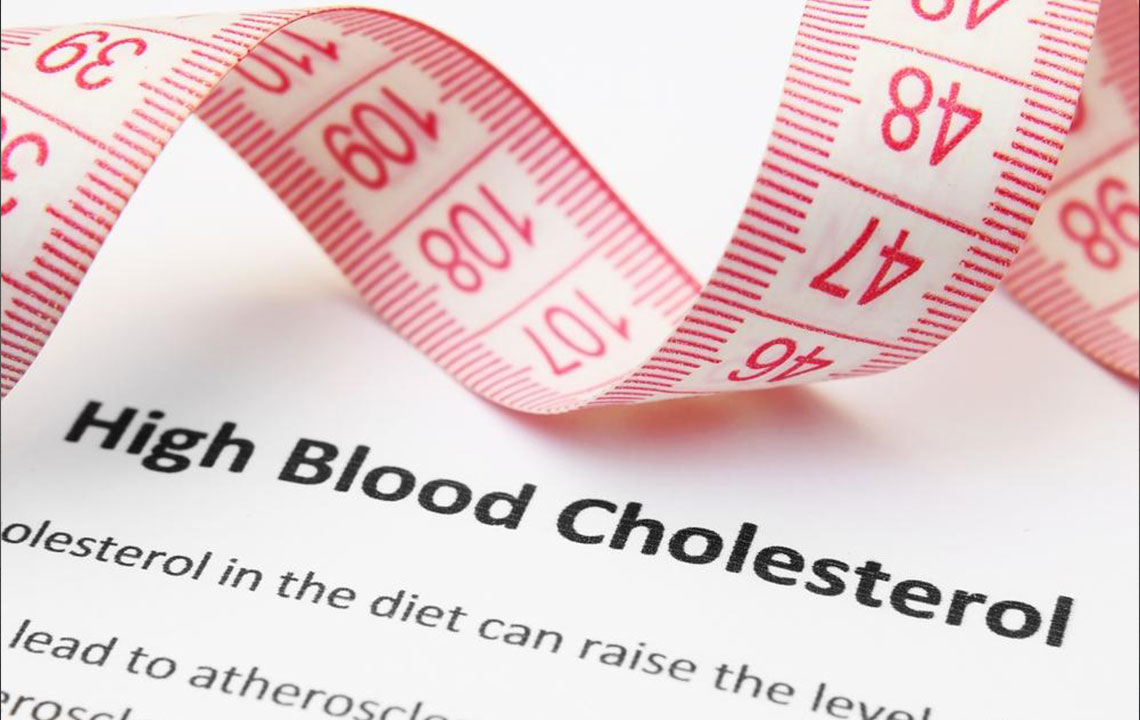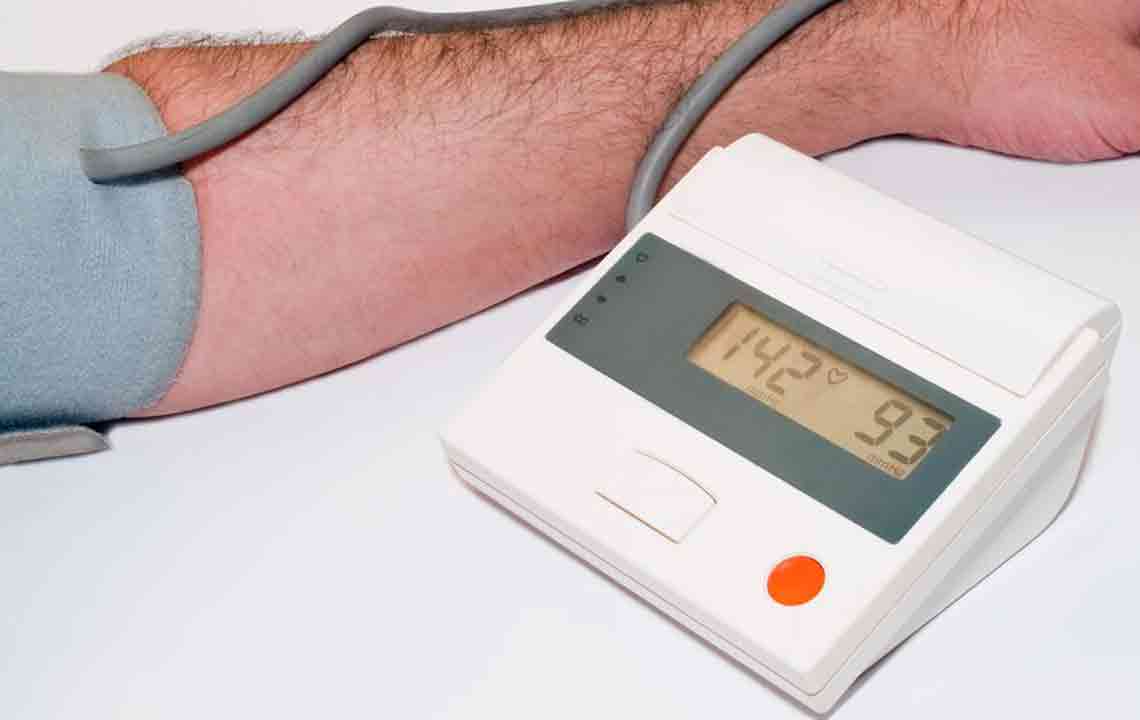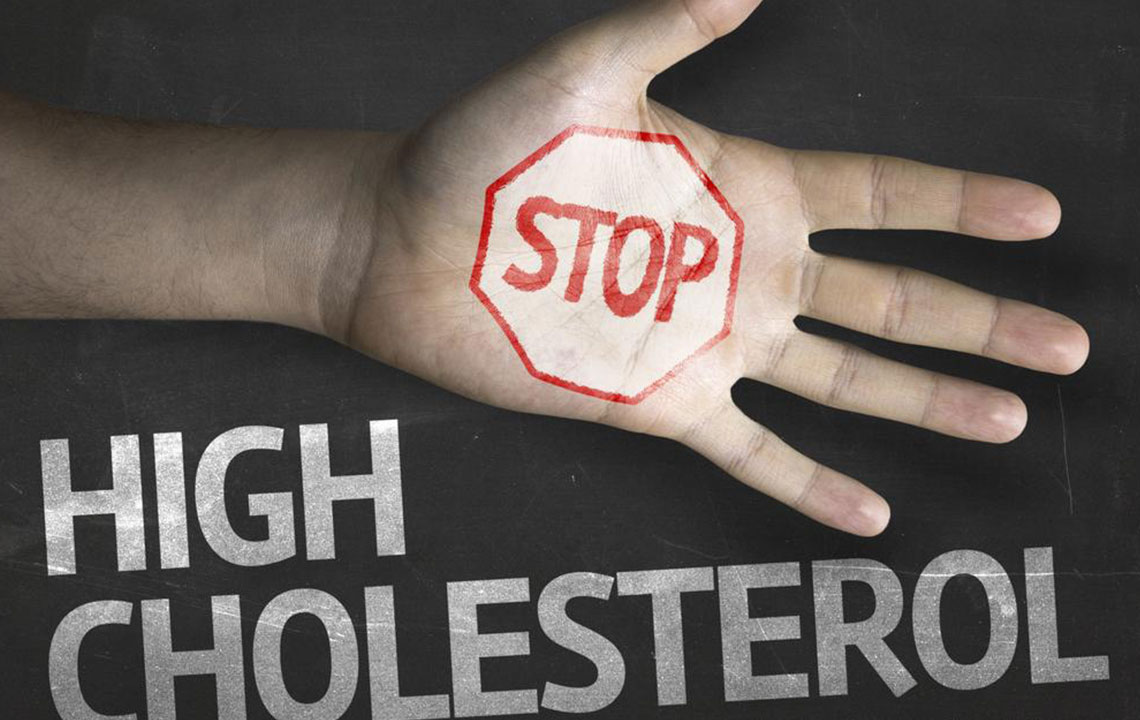Essential Guide to Understanding Cholesterol Levels and Health Risks
This comprehensive guide explains cholesterol types, healthy levels, and the importance of blood tests for maintaining heart health. Learn about LDL, HDL, triglycerides, and recommended levels for adults and children. Regular testing from age 20 helps in early detection of potential risks. Understanding cholesterol charts makes managing your cardiovascular health easier, emphasizing balanced levels for overall well-being.

Essential Guide to Understanding Cholesterol Levels and Health Risks
Maintaining balance is key to health; too much of anything can be harmful. Cholesterol, a vital fat-like substance, is present in all body cells and plays a crucial role in hormone production, Vitamin D absorption, and digestion. Transported via lipoproteins—LDL (bad) and HDL (good)—cholesterol levels influence heart health. Elevated LDL can cause artery blockages, increasing stroke risk, while higher HDL helps eliminate excess cholesterol from the body. Triglycerides, another type of fat, also impact overall health. Regular testing from age 20, especially after 40, helps monitor these levels through a simple blood test, aiding in early detection and healthier lifestyle choices.
Understanding cholesterol charts is easier once you know key points:
Total Cholesterol: Measures LDL, HDL, and triglycerides combined.
Acceptable adult level: below 200 mg/dL. The borderline range is 200–239 mg/dL, and over 240 mg/dL indicates high risk.
For children, under 170 mg/dL is ideal, 170–199 mg/dL warrants caution, and over 200 mg/dL is concerning.
HDL Cholesterol: Known as good cholesterol, it protects arteries.
Adults should aim for 60 mg/dL or higher; below 40 mg/dL in men and 50 mg/dL in women indicates risk.
Children’s healthy level: 45 mg/dL and above.
LDL Cholesterol: The "bad" cholesterol that narrows arteries.
Under 100 mg/dL is ideal, 130–159 mg/dL is borderline, over 160 mg/dL is dangerous.
For children, below 110 mg/dL is healthy; 130 mg/dL or more increases risk.
Triglycerides: Fat levels in the blood.
Adults should have levels under 150 mg/dL; over 200 mg/dL increases risk.
For kids: below 75 mg/dL (0–9 years); 90 mg/dL (10–19 years); levels above these are unhealthy.
Note:
Our blog offers valuable insights across various health topics. While the information is sourced from research, it shouldn't replace professional medical advice. We disclaim responsibility for inaccuracies or discrepancies. Stay informed and consult healthcare providers for personalized recommendations.










